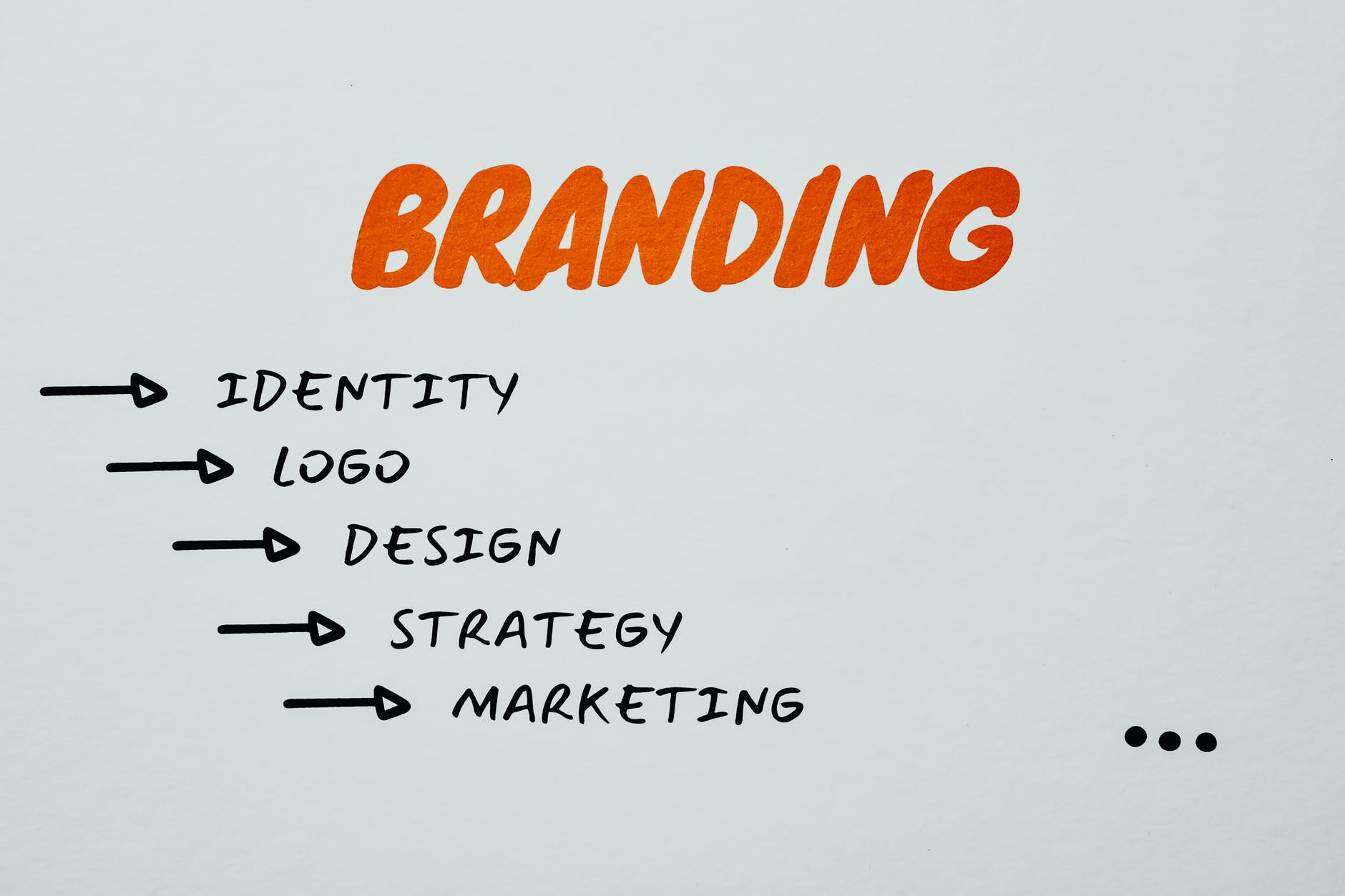Brand identity refers to the elements, both visual and non-visual, that go into creating the overall perception the world has of a business and its products. While it does include your business’s signature colors and logo, brand identity goes beyond this.
It encompasses the promotional messaging it uses, the values it claims to live by, and what people experience when they interact with you or your products. The first thing that pops into people’s minds when your products are mentioned is your brand identity.
Developing a positive brand identity will help a business create a positive association of its product in the minds of potential buyers. Once those positive associations exist, they can help a business sell existing products and retain a healthy following when it ventures into new products.
In a crowded, highly competitive market saturated with promotional messaging, good brand identity will help you stand out. You will not have to spend as much on mainstream and influencer marketing if you get your brand identity right.
So how can you come up with this magical brand identity that will make your voice audible in a raucous marketplace? How do you develop a brand identity that will see customers loyally stick by your products even as new players come and go?
What Makes Identity Important
To answer that question, you first need to understand the elements of identity that make it important. Looking at successful global brands can give you hints about what elements you should focus on in creating your brand identity. Over the last decade, Apple has become one of the highest-earning brands in the world, not just in the tech space.
What strikes you when you think about Apple’s brand? Is it the apple in the logo that speaks of the simplicity and intuitiveness that is the hallmark of Apple’s products? Or the purity or integrity the whiteness of the logo appears to represent? The key to Apple’s identity is the promise to create reliable and easy products to use and consistently deliver on that promise.
When you think of Coca-Cola, there is the distinctive, unique taste that competitors have tried to replicate over the years without success. There is that bold redness in its logo that speaks of the freedom to express yourself. The trademark shape of the Coca-Cola bottle assures the drinker that they’re getting nothing short of that unique, thirst-killing flavor.
Putting on a Chanel scent imbues you with a sense of elegance and confidence. After all, you’re wearing the same scent as Naomi Campbell. How did these international brands get to the point where you associate elements in their brand with those positive notions?
Defining a Brand
- Figure Out Your Brand Values
What are your core values? What matters most to you? What mattered most to Apple was not creating the flashiest device; it was to create gadgets that worked as they should and were easy to use.
When thinking of brand values, you should also think about your target market. What things do they hold dear? If it’s the need for a sense of belonging, make sure your brand reflects that.
- Think of a Unique Angle
No business operates in a vacuum; you’re probably facing stiff competition from dominant or emerging players in your niche. You can use your brand identity to give your products a unique edge.
Bringing in branding experts can help you develop out-the-box concepts that can breathe new life into your brand. Partnering with a reputable creative agency can lead you to exciting concepts.
- Think of Your Audience and How You Want Them To View Your Brand
Do you want your audience to view you as serious and business-minded? Conservative fonts and navy blue or grey brand colors will be the best for this purpose.
If you hope to appeal to a young, fun-loving audience, you can play with bright colors and graffiti-like fonts. You can deliver your brand messaging on a soundtrack of hip-hop or pop-rock.
- Allow Room for Changes in Identity
While some brands have maintained their colors and logo over decades, others have changed them to match a new strategic direction. Apple’s logo once was a multicolored bitten apple, but over time it morphed into the gray apple today’s users are more familiar with.
A change in identity might be necessary for a rebrand or even as your small business grows. Don’t put your company into a box. Allow room for change that brings in more customers in the future.
Heart of the Matter
A lot goes into formulating a brand identity, but at the heart of it are two questions. Will the identity be an accurate reflection of your values? Will your new brand appeal to your target audience. If the answer is yes, you can go ahead and pump money into creating and promoting it.












